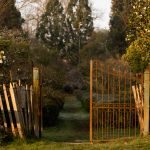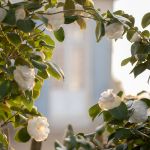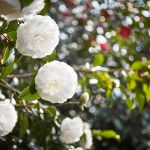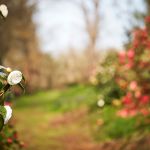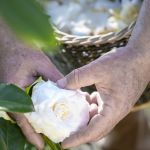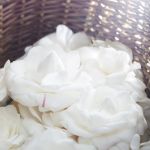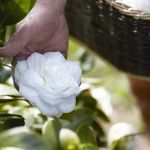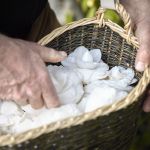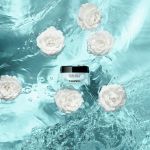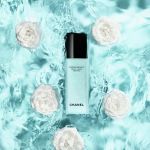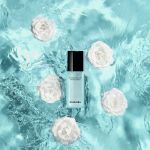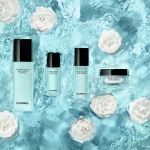
Chanel's open-air laboratory in Gaujacq
Mademoiselle Coco's favorite flower and its botanical paradise in the south of France where the ingredient behind Hydra Beauty is grown
May 5th, 2021
Gabrielle Chanel was always surrounded by lucky charms. One of these was the camelia, a flower with evergreen foliage and powerful moisturizing properties, which Mademoiselle wore for the first time pinned to her belt on the beach of Étretat, in 1913. Arrived from Asia via the tea route in the 17th century, the camellia has found its habitat in France, thanks to the balanced winter and summer temperatures similar to those of its country of origin.
“With the analysis of this plant we found catechin derivatives, polyphenols that have been shown to have moisturizing properties" - explains Nicola Fuzzati, director of the innovation and development department of Chanel cosmetics.
"Camellias have a special feature: they don't have a senescence program. Genetically, they are not programmed to die. For this reason, the more time passes, the more beautiful and strong they are” - adds Jean Thoby, international expert on camelias.
The flowering of the camellia japonica begins in the first cold of January and reaches its peak in March. A flower that is a force of nature, because neither water nor cold compromise its petals. Since 1998, Chanel has been carrying out a project entirely dedicated to camellia, in Gaujacq, in the south-west of France, between the green hills of the Béarn and the banks of the Adour. An open-air laboratory where tradition meets innovation, and where nature is expressed to the fullest of its powerful beauty. Here the cultivation of camellia is cultivated, observed and experimented in soils that are enhanced through a virtuous agroecological approach. This sanctuary houses 2,000 varieties of camelia from all over the world, including two tufts born from mother plants that would have been ordered by Gabrielle Chanel herself more than a century ago.
In 1998 - recalls Thoby - we carried out experiments, taking plants and creating plantations. Trying and trying again, also thanks to the constant comparison with the phytochemistry laboratory, in 2009 we came to create a first cultivation of Camellia Japonica Alba Plena", a variety of white camelia, grown only in Gaujacq, which could have disappeared, and which, also since 2009, it is the active ingredient the Hydra Beauty collection is based on, a source of hydration for the skin thanks to the tailor-made formulas, with textures ranging from light to creamy. Furthermore, in Gaujacq there is no need to force the natural fate of the flower:
"Here everything is natural, we accompany it, without trying to control it. This also applies to the harvest, done entirely by hand. The camellia flowers are collected one by one, after the morning dew has disappeared, so that they are dry for optimal extraction. Then they are deposited inside baskets. After weighing, the flowers are immediately frozen to preserve the integrity of the active molecules before being sent to the laboratory" - explains Philippe Grandry, manager of Chanel crops on the farm.
The introduction of specific trees and shrubs strengthens the balance and resistance of ecosystems, and contributes to biodiversity, making plants more resistant to diseases and predators. "At every stage of the cultivation process, we must find the most innovative methods possible, for this reason we are in a real open-air research laboratory - continues Philippe Grandry - We have the opportunity to become pioneers in this sector, indicate a new path for environmental protection, sustainable development and also new resources to be put into play”. Today there is also a farm, with eco-sustainable architecture, just next to the conservatory garden, and with an agroecological experimental cultivation. A project that has earned the Haute Valeur Environnementale (HVE - high environmental value) level 3 certification - the highest in the environmental certification system for farms - and the "conversion to organic farming" label, two awards that they certify respect for the natural ecosystem and minimize the impact on the environment.

























































(1).jpg)












